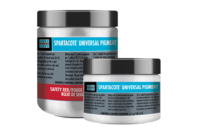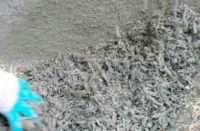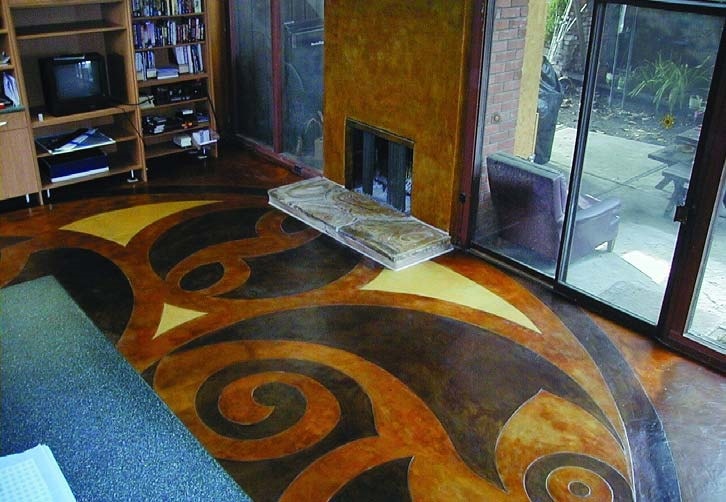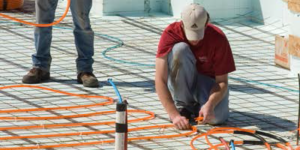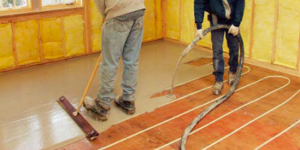Radiant heat floorcoverings at-a-glance Here’s an overview of typical radiant-heat floor covering products and how they compare to decorative concrete. Cost for all floorcoverings varies from region to region and depends on the quality of product and installation.
Decorative concrete
- No barriers to inhibit heat
- Can be stained, coated, integrally colored, stamped, textured, saw cut, you name it
- Typically easy to clean and care for
Tile and stone
- Good heat conductivity
- Easy to install over radiant heat floors
- Easy to care for
Roll products and linoleum
- Check with manufacturer for compatibility
- Floor temperature may affect adhesive time
- Rare, but radiant heat may cause discoloration or a bad odor
Hardwood flooring
- Wood should be acclimated to room temperature before installation
- Consideration of moisture content is very important!
- Various installation techniques can be used, including floating floor, glue down, direct nail or nail to sleepers
- Moisture barrier a must between hardwood and concrete or gypsum subfloors
- Wood floors require special care
Carpeting
- Most carpet products and pads can be installed over radiant floors, but check with manufacturer for compatibility
- Pad and carpet act as thermal insulators, so they cut down on conductivity; it’s best to select the denser, less insulative carpet padding (thicker, plush products have higher R-values)
- Ongoing care and cleaning can be a concern
